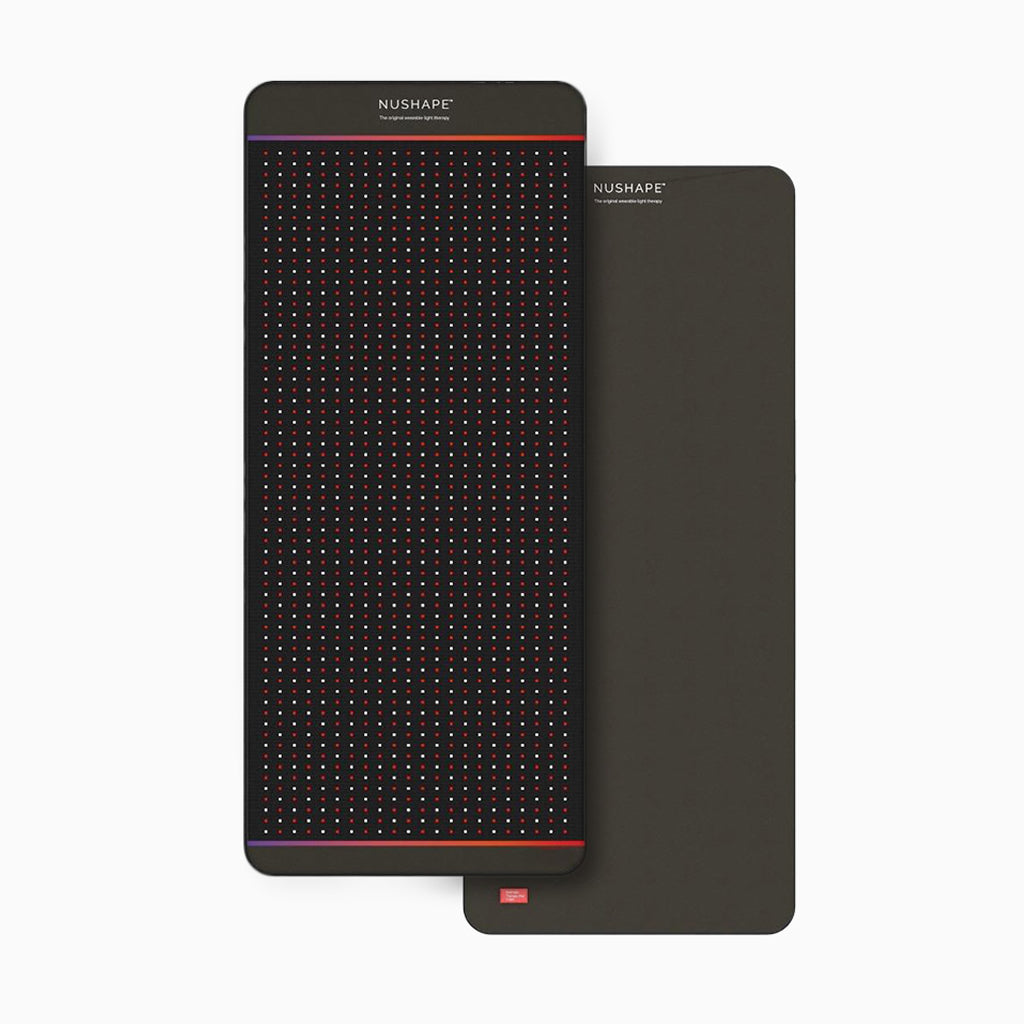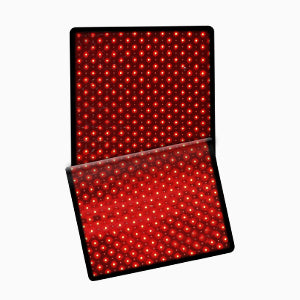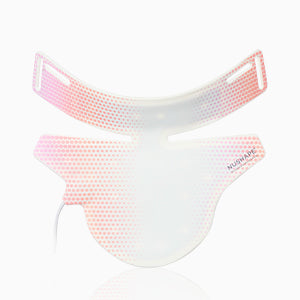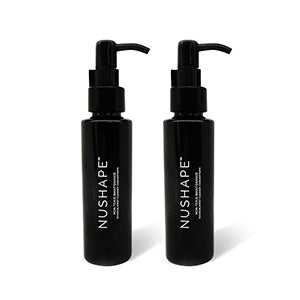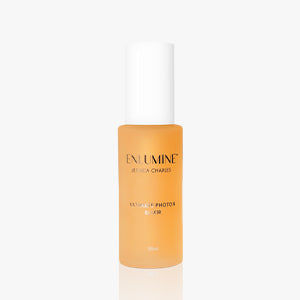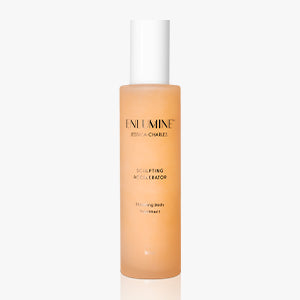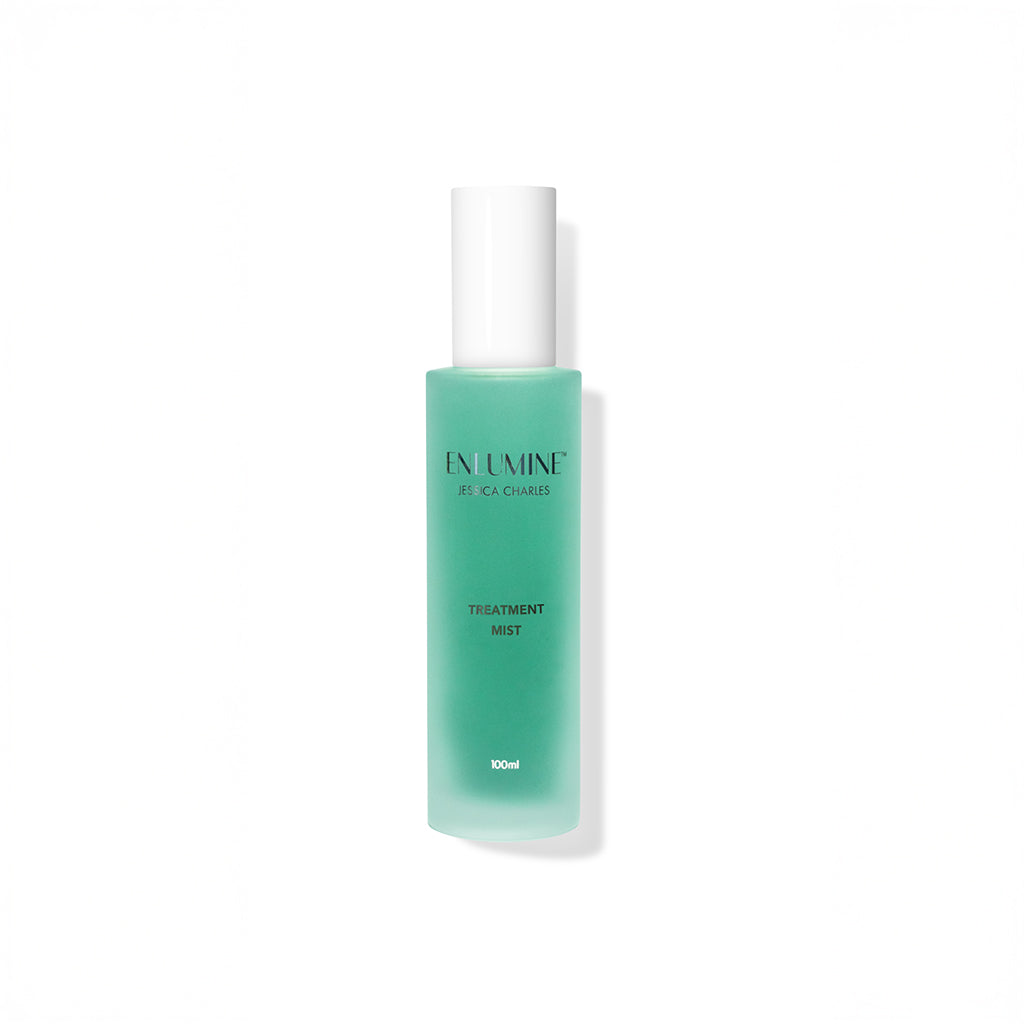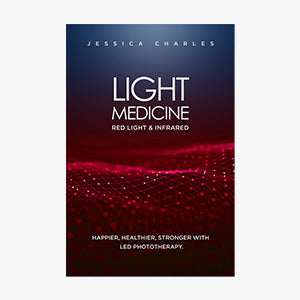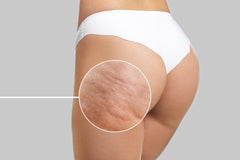
Want to ditch the myths about cellulite and learn more about the benefits of red light therapy for its treatment? Here, we break down everything you need to know about how to use red light therapy for cellulite, and to enjoy better, smoother skin - with no pain, no side effects, no extra efforts.
What Is Cellulite?
Cellulite happens when fat deposits push through the connective tissue beneath the skin.
The exact cause of cellulite is unknown, but contributing factors may include:
- Use of medications or hormone treatments. Specific hormones, such as estrogen, prompt the body to accumulate and store fat, leading to an increase in cellulite.
- Smoking. Smoking results in the stretching and damage of connective tissues, enabling underlying fat to protrude to the surface.
- Gaining weight or becoming obese. A rise in body weight contributes to increase the amount of fat tissue, accentuating the visibility of cellulite..
Genetics, diet, lifestyle choices, and hormonal factors also play significant roles in its development.
Debunking Cellulite Myths
- Myth 1: Only overweight individuals get cellulite
Reality: Cellulite can affect anyone, regardless of their weight or body fat percentage. It’s more about skin structure and genetics than body weight.
- Myth 2: Only women get cellulite
Reality: While cellulite is more common in women due to the difference in fat distribution and connective tissue structure, men can also get cellulite.
- Myth 3: Intense exercise can eliminate cellulite
Reality: While exercise can reduce body fat and improve muscle tone, it may not directly eliminate cellulite. However, it can reduce its appearance.
The Science Behind Red Light Therapy Cellulite Treatments
Red light therapy, also referred to as low-level laser therapy (LLLT), uses specific wavelengths of light that penetrate the skin to reach deeper tissues, such as connective tissue and fat. Its beneficial effects are achieved by stimulating the production of collagen and elastin, increasing blood flow, and reducing inflammation.
All these effects of red light therapy cellulite treatment will lead to a smoother, more toned skin appearance.
Using red light therapy for cellulite consistently over time has produced great before and after anecdotal stories and significant results in studies. Before and after pictures of people who have used this form of therapy often have shown a noticeable change in the symptoms of cellulite, with less skin dimpling and smoother, firmer skin.
How to Use Red Light Therapy for Cellulite
Red light therapy should be used on a consistent basis to see the best results. Sessions are usually around 10-20 minutes, a few times a week for several weeks. You can also use a red light therapy device safely at home, such as the Nushape LipoWrap.
The Nushape Red-Light Phototherapy wrap is a revolutionary home-use treatment with an advanced 635nm-wave Red-Light Phototherapy technology, the same used in professional med-spa and weight loss clinics, but in a portable belt you can use from the comfort of your home for a fraction of the cost.
Just effortlessly place it on your preferred area and unwind as 600 clinical-strength LED diodes, emitting red and near-infrared wavelengths, perform their remarkable effects. These diodes efficiently eliminate toxins from fat cells, promote calorie burning, elevate your metabolism, and improve ATP production, ultimately leading to a healthier and more slender version of yourself.
Get ready to receive many other benefits to your skin as you work to reduce cellulite using this advanced form of light therapy. These benefits can include:
- Enhanced skin healing and regeneration
- Less inflammation and diminishing of redness
- Increased skin tone and texture
- Reduction in signs of aging such as wrinkles and fine lines
Conclusion
Cellulite has long been shrouded in a fog of myth and misconception, but thanks to skincare technology, such as red light therapy, individuals are able to discover more efficient ways of combating cellulite. By understanding the truth about cellulite and how red light therapy works, you can make informed decisions about how to care for your skin and overall health.
As always, before you begin any skin treatment, consult with a healthcare provider or dermatologist to ensure the most appropriate regimen for your treatment needs.

